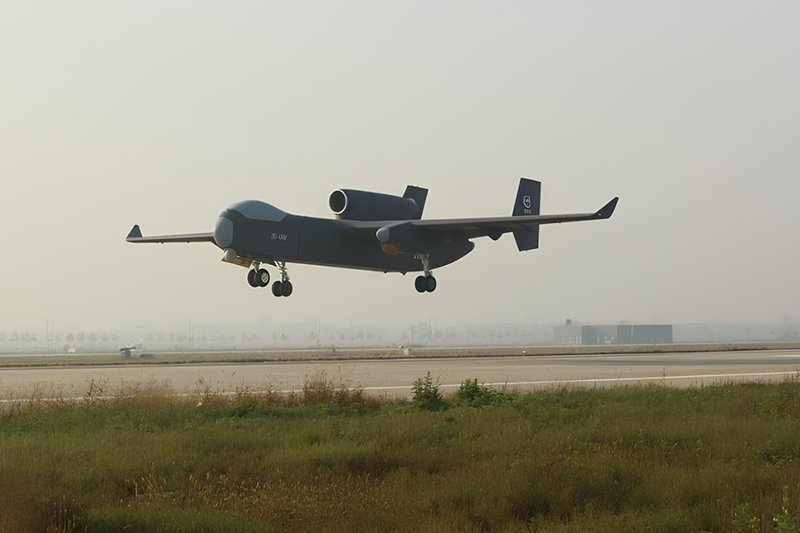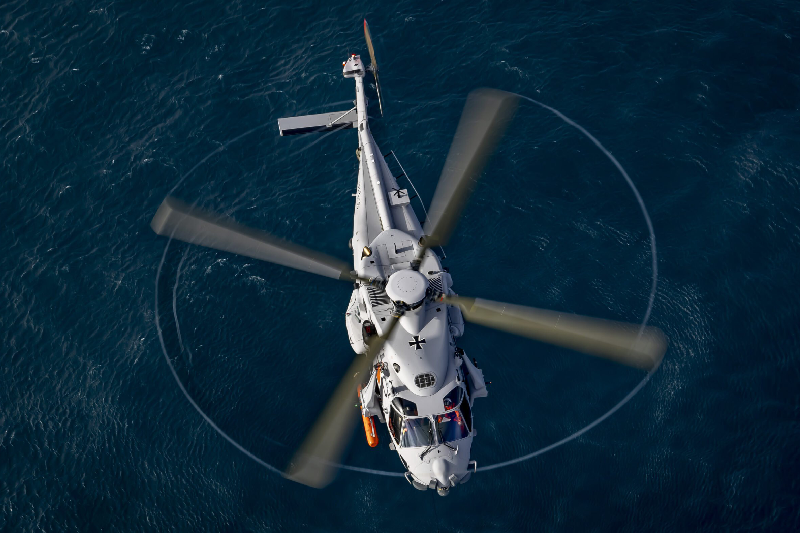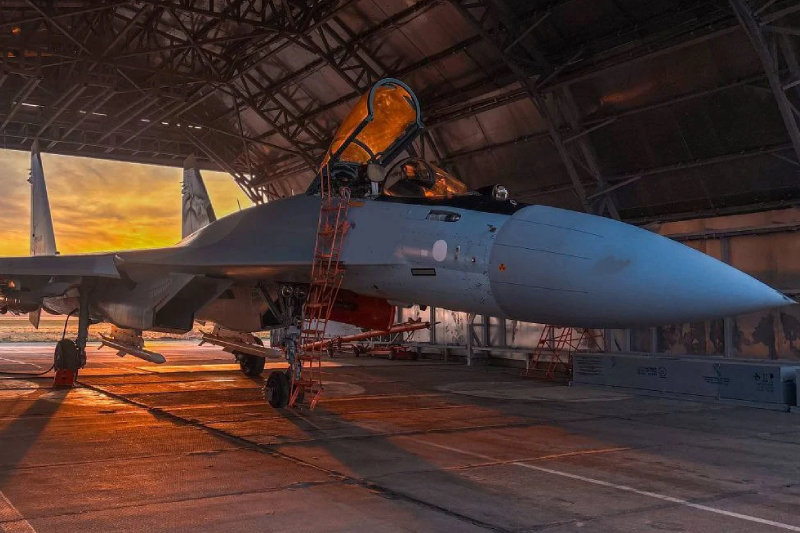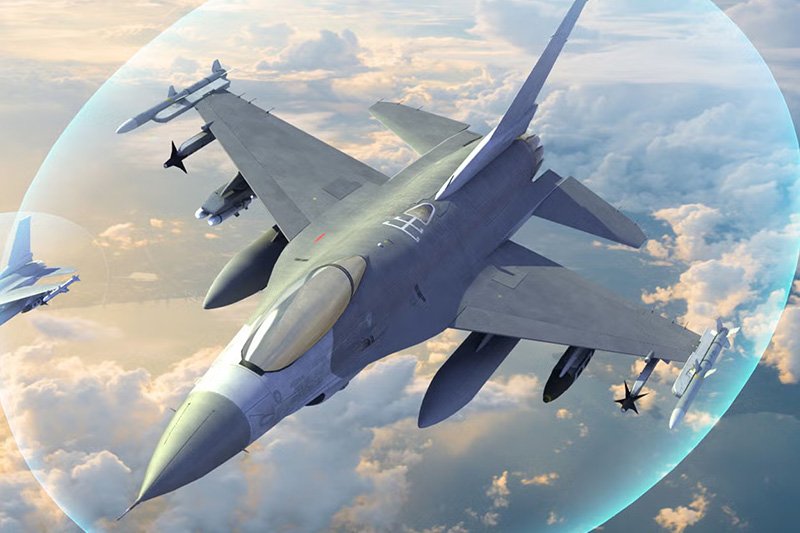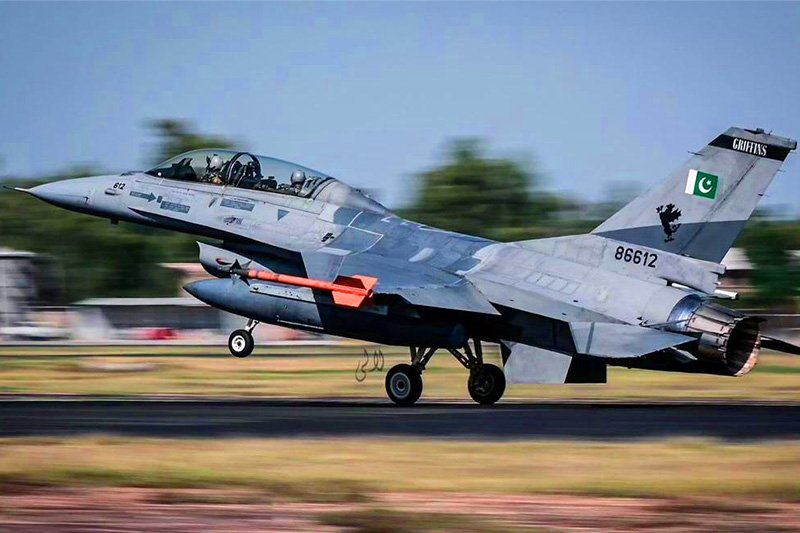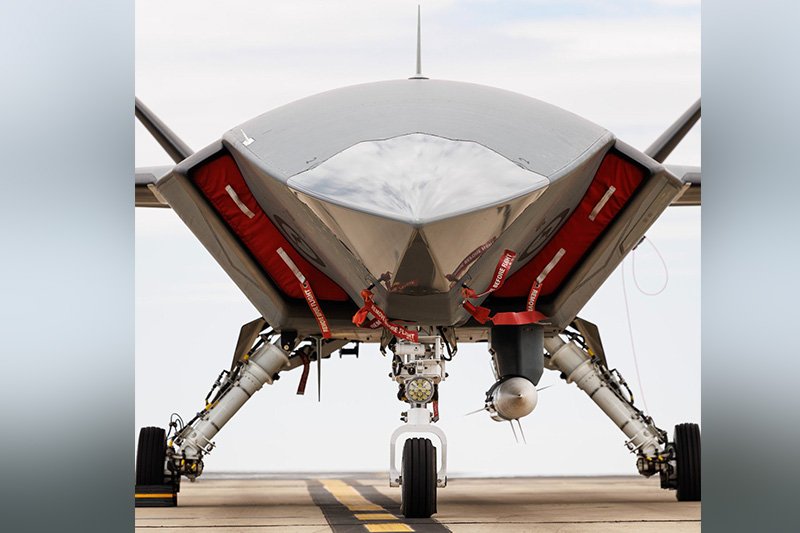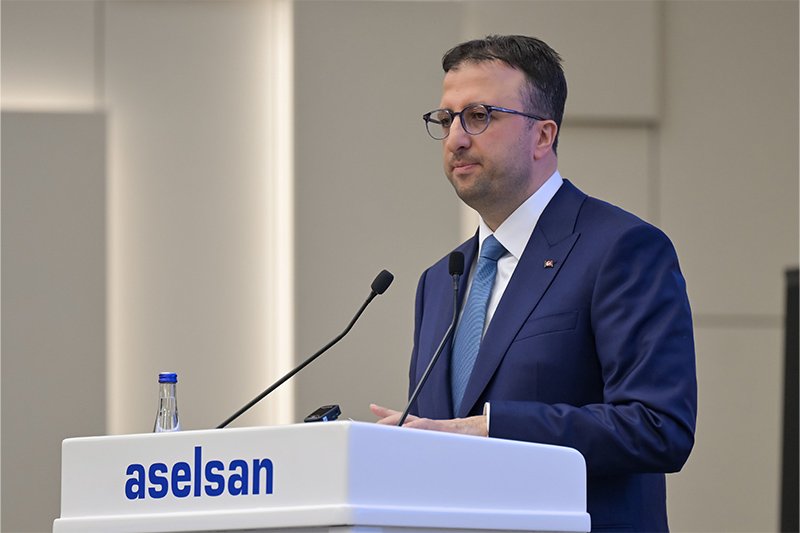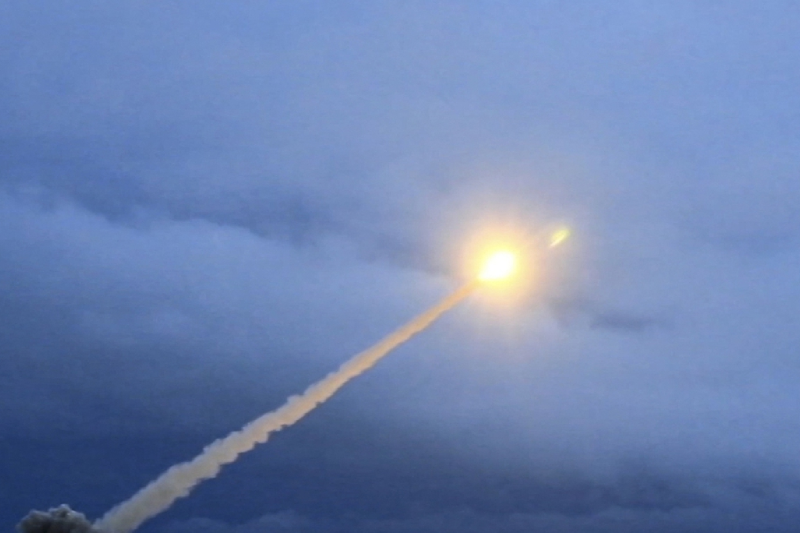Russia Tests Advanced Nuclear Missile, Say Experts
Russia has successfully tested its nuclear-powered Burevestnik cruise missile, said President Vladimir Putin on Sunday, according to media reports, marking a potentially transformative development in strategic weapons technology. Citing Russian media data, Chinese military affairs experts emphasized that the nuclear-powered cruise missile’s extraordinary range carries major strategic implications for global deterrence dynamics. The reported test of Russia’s nuclear-powered cruise missile represents what Putin described as a truly unique weapon system, with the nuclear-powered cruise missile potentially altering fundamental assumptions about strategic reach, response times, and defense requirements that have governed nuclear deterrence for decades.
Putin said early Sunday that Russia has successfully carried out a test of its nuclear-powered intercontinental cruise missile Burevestnik, according to The Moscow Times reporting from Moscow. Russia’s Chief of the General Staff Valery Gerasimov told Putin the test took place on Tuesday, with the missile flying an impressive 14,000 kilometers (8,700 miles) over the course of approximately 15 hours, demonstrating sustained nuclear propulsion capability. This extended flight duration substantially exceeds conventional cruise missile endurance and validates the theoretical advantages of nuclear propulsion for atmospheric weapons systems.
“It is truly a unique weapon, one that no other country in the world possesses,” Putin was quoted by The Moscow Times as saying, emphasizing Russia’s claimed technological advantage in this weapons category. According to data released by Russian media outlets, this cruise missile’s range is exceptionally large and can surpass the range of most operational cruise missiles currently deployed by any nation, which is quite remarkable from a technical standpoint, Wang Yanan, chief editor of Aerospace Knowledge magazine, told Global Times on Sunday during expert commentary.
However, Wang cautioned that we currently know very little about the missile’s detailed technical configuration beyond basic performance parameters publicly disclosed. Its actual capabilities still need to be confirmed with more experimental details and other information including propulsion specifics, guidance systems, and operational reliability before definitive strategic assessments can be made. The limited technical disclosure leaves critical questions unanswered about deployment feasibility, maintenance requirements, and combat effectiveness under various operational scenarios.
Besides performance considerations, Wang warned of significant risks of nuclear contamination from potential malfunctions during flight or interception by enemy defenses. The use of an unshielded nuclear reactor in an atmospheric weapon system raises unprecedented environmental and safety concerns, particularly if the missile experiences technical failures over populated areas or is destroyed by air defenses, potentially dispersing radioactive materials across wide geographic areas. These environmental risks distinguish nuclear-powered cruise missiles from conventional strategic weapons.
However, Wang still affirmed the profound strategic significance of the Burevestnik for Russia’s nuclear posture and global deterrence architecture. Traditionally, such long-duration patrol missions were carried out by strategic bombers to maintain global deterrence presence and demonstrate reach to potential adversaries. But if a missile alone can patrol tens of thousands of kilometers, striking anywhere or choosing not to strike at all through recall capability, it becomes a fundamentally new form of deterrence that combines characteristics of both ballistic missiles and strategic bombers.
For Russia, given its current geopolitical position facing expanded NATO presence and strategic competition with the West, that significance is particularly profound and explains its determined push for such next-generation weapons, Wang said. The development reflects Russia’s strategy of asymmetric responses to Western conventional military advantages, seeking technological solutions that circumvent opponent strengths through innovative weapons systems that create new strategic dilemmas and force adversaries to reconsider their defensive investments and operational concepts.
The Burevestnik, whose name translates as “storm petrel” referencing a seabird known for extensive long-distance flight over oceans, is a ground-launched, low-flying cruise missile that is not only capable of carrying a nuclear warhead but is also nuclear-powered for propulsion. Putin first revealed the ambitious project in March 2018 during a state-of-the-nation address showcasing next-generation weapons, Reuters reported in October 2023. The extended development period reflects substantial technical challenges associated with miniaturizing nuclear propulsion technology for cruise missile applications.
Its nuclear propulsion gives the missile much longer range than traditional turbojet or turbofan engines that are fundamentally limited by how much chemical fuel they can carry, Reuters explained. Citing a specialist Russian military journal in 2021, Reuters said the Burevestnik would have a notional range of up to 20,000 kilometers, meaning it could theoretically be based anywhere in Russia and strike targets throughout the United States or any global location. This capability fundamentally transforms basing requirements and complicates adversary strategic planning assumptions.
The same journal indicated the notional altitude of the missile was just 50-100 meters above terrain, substantially lower than a conventionally powered cruise missile’s typical flight profile, which would make it considerably harder for air-defense radar systems to detect and track effectively. This extremely low-altitude flight profile exploits radar horizon limitations and ground clutter, forcing defenders to deploy extensive and costly sensor networks while dramatically reducing warning times. The combination of unlimited range and low observability creates severe challenges for existing strategic defense architectures.
Song Zhongping, a Chinese military affairs expert and former PLA officer, told the Global Times that the Burevestnik is a “nontraditional weapon system” that doesn’t fit established strategic weapons categories. The Burevestnik’s nuclear propulsion theoretically allows unlimited range constrained only by mechanical reliability rather than fuel exhaustion, fundamentally distinguishing it from all previous cruise missile designs. In that sense, it’s genuinely the first of its kind in the world, Song said, representing a novel approach to strategic weapons design.
Also read this: China Advances Naval Tech with Type 076 EMALS Test
Song added that unlike conventional cruise missiles powered by chemical propellants with finite energy supplies limiting their range and flexibility, the Burevestnik uses a nuclear propulsion system providing sustained thrust. This allows for rapid penetration of enemy defenses through unpredictable flight paths, extended loitering over target areas, and the ability to maneuver extensively without range penalties. It’s a strategic weapon with considerable deterrent power one that could alter the balance of global nuclear forces to a large extent by introducing new dimensions of uncertainty into strategic planning, crisis stability calculations, and defensive requirements that force adversaries to fundamentally reconsider their strategic postures and investment priorities.
Keep connected with us at Facebook, Twitter, YouTube, Instagram & TikTok for latest defense happening around the globe.
Discover more from International Defence Analysis
Subscribe to get the latest posts sent to your email.


